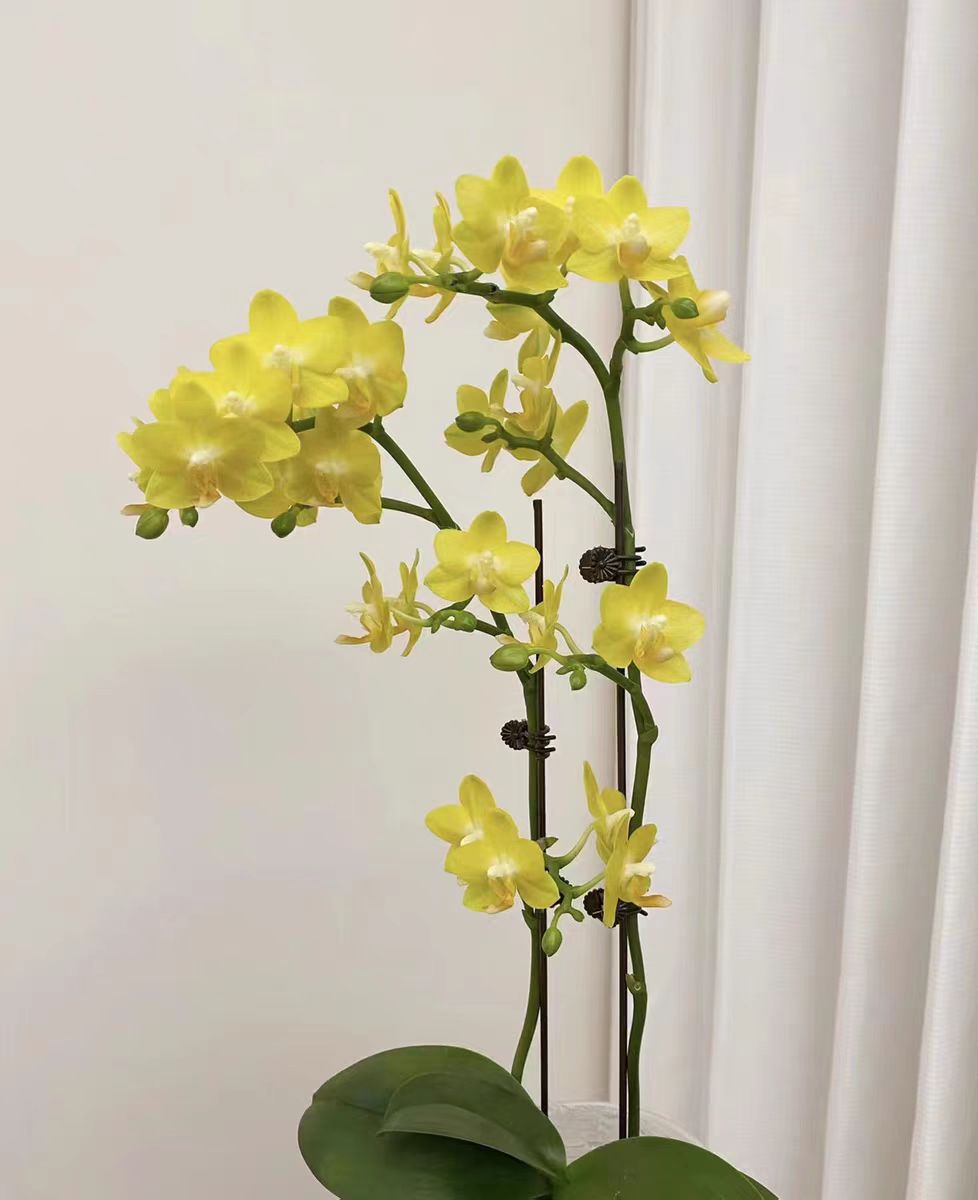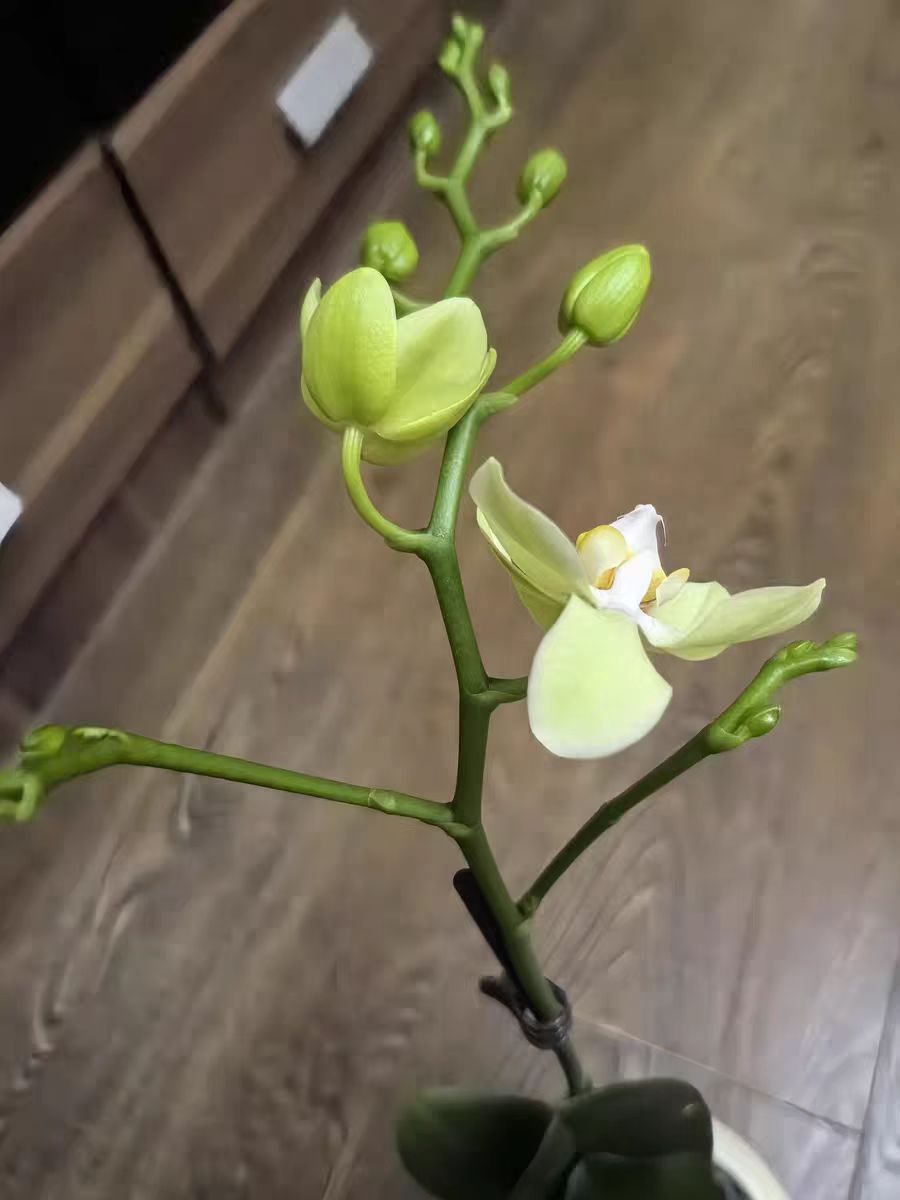Hypoestes phyllostachya is named for its unique flower shape, which resembles jumping dolphins. Its flowers are light and elegant, and the colors are fresh and refined.
During the maintenance process, especially in summer, a season with high temperature and humidity, the leaves of Hypoestes phyllostachya sometimes turn black. This not only affects the appearance of the plant but also may indicate problems with the plant's health.
So what are the reasons for the blackening of the leaves of Hypoestes phyllostachya and how to maintain it correctly in summer? Hypoestes phyllostachya is prone to infection by some fungal diseases, such as black spot disease, anthrax, etc. These diseases can cause black spots on the leaves, gradually expand and make the leaves black. Usually, the occurrence of diseases is related to environmental conditions of high temperature, high humidity, and poor ventilation.
Excessive watering or insufficient watering may both cause the leaves of Hypoestes phyllostachya to turn black. Excessive water can make the roots lack oxygen, affecting the normal respiration and water metabolism of the plant, resulting in blackening and rotting of the leaves. Insufficient watering will cause the plant to lack water, and the leaves will dry and turn black.
Hypoestes phyllostachya likes a semi-shady environment. If exposed to strong sunlight for a long time, the leaves are easily sunburned, black spots appear and gradually turn black. On the contrary, if the light is insufficient, the plant grows poorly, which may also cause the leaves to turn black.
Excessive fertilization or using fertilizers with too high a concentration can burn the roots of Hypoestes phyllostachya, affecting nutrient absorption and causing the leaves to turn black. The suitable growth temperature of Hypoestes phyllostachya is between 15 - 25℃. High temperatures in summer or low temperatures in winter may cause damage to the plant, resulting in blackening of the leaves.
Key points for maintaining Hypoestes phyllostachya in summer: The summer sun is intense, and Hypoestes phyllostachya should be prevented from direct exposure to the sun. It can be placed in a place with scattered light, such as under the shade of a tree or the inner side of the balcony. The mild sunlight in the morning and evening can be appropriately exposed, which is conducive to the growth and flowering of the plant.
When the temperature is high in summer, pay attention to cooling Hypoestes phyllostachya. The temperature of the surrounding environment can be reduced by methods such as spraying water and ventilation. If the temperature is too high, the plant can be moved to an air-conditioned place indoors, but avoid direct blowing of the air conditioner.
The temperature is high in summer and the water evaporates quickly. It is necessary to increase the frequency of watering appropriately. But be careful to avoid water accumulation to prevent root rot. Generally, watering can be done when the soil surface is observed to be dry. Water thoroughly until water flows out from the bottom of the pot.
Good ventilation conditions are very important for the growth of Hypoestes phyllostachya. Windows should be opened frequently in summer to maintain air circulation, reduce humidity and the occurrence of diseases. Summer is a high-incidence period for pests and diseases. The plants of Hypoestes phyllostachya should be inspected regularly, and pests and diseases should be discovered and dealt with in time.
The blackening of the leaves of Hypoestes phyllostachya may be caused by various reasons, which require us to observe and analyze carefully. When maintaining Hypoestes phyllostachya in summer, special attention should be paid to the management of light, temperature, watering, fertilization, ventilation, etc. to create a suitable growth environment for it.
What's the matter with the blackening leaves of the Hypoestes phyllostachya?

Share with
Tagged in :




Leave a Reply